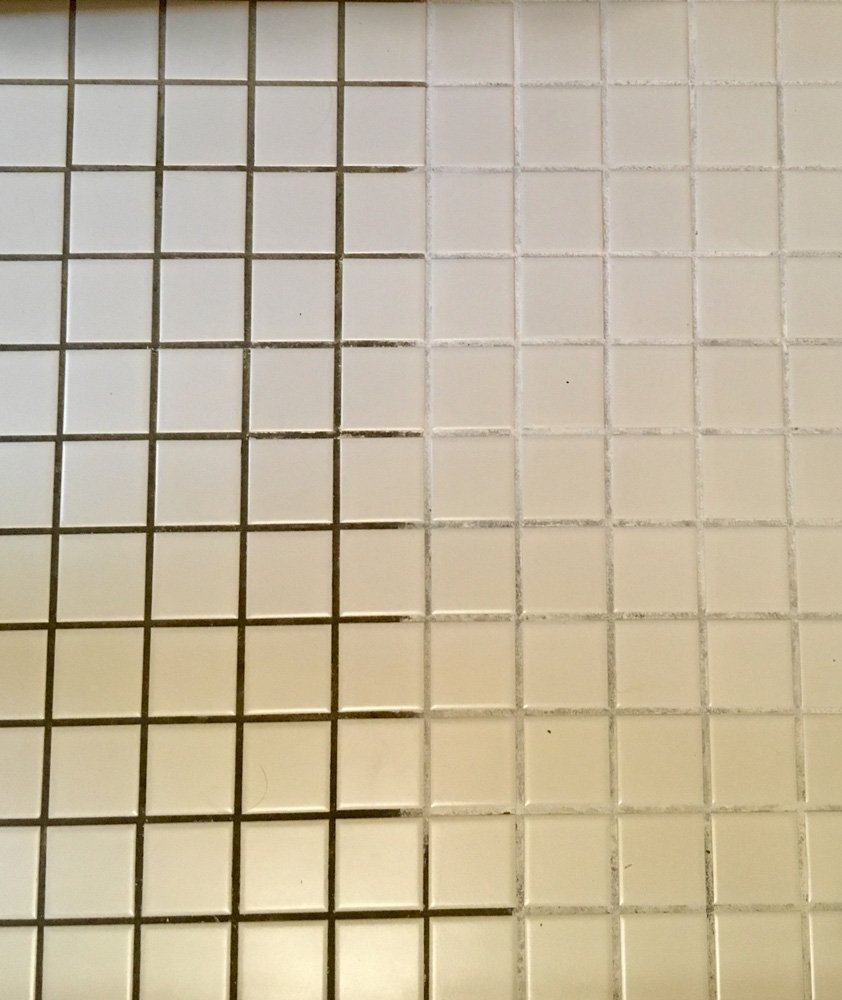
Mar 21, 2025
Tile and Grout Cleaning
There’s nothing quite as satisfying as freshly installed tiles—until you notice that stubborn cloudy film dulling their shine. That hazy residue, known as grout haze, is a common post-installation headache for homeowners and property managers alike. It’s often misunderstood and frequently underestimated, but if left unaddressed, it can permanently affect the appearance of your tiles.
Whether you’ve just finished a kitchen backsplash, re-tiled your bathroom or had large-scale floor work done, understanding how to deal with grout haze is crucial. In this blog, we’ll walk through the ins and outs of grout haze, common pitfalls with DIY removal, and why professional grout cleaning is your safest bet—especially on the Sunshine Coast, where climate plays its part.
Grout haze is the thin, milky residue left behind after grouting tiles. It forms when the cement-based or epoxy grout begins to cure, leaving a film on the tile surface. While it might initially seem like dust or smudging, grout haze is far more persistent.
What causes it?
Most people use vinegar, bleach, or a scouring pad as their first line of defence. Unfortunately, these can cause more harm than good, particularly on delicate surfaces.
Here’s why home remedies often fail:
Without proper tools and knowledge, DIY cleaning may damage the tiles you’re trying to protect. Professional grout cleaning services are tailored for specific tile types and grout compositions, ensuring safety and effectiveness.
Not all tiles are equal in terms of how they absorb or resist grout haze. Understanding your tile’s porosity helps determine the correct cleaning approach.
Porcelain Tiles:
Ceramic Tiles:
Natural Stone (e.g., Travertine, Marble):
Timing is critical. Remove grout haze too early, and you risk disturbing the curing process. Wait too long, and it hardens into a difficult-to-remove layer.
Ideal timing for removal:
If you’ve missed the ideal window, all is not lost—but professional tile and grout cleaning Sunshine Coast services may be your only option.
Professionals don’t guess. They assess the tile type, grout formula, and haze density before choosing the best cleaning solution. This ensures the haze is removed without harming the surface beneath.
Typical professional process:
This multi-step process is highly effective, especially for large-scale floors or high-value tiles like travertine, slate, or polished porcelain.
Avoiding grout haze starts before the cleaning process even begins. Proper prep and application techniques can drastically reduce haze buildup.
Prevention tips during installation:
Professional tilers and grout specialists can minimise haze right from the start, so expert consultation before installation can save significant effort later.
While haze removal is an important first step, long-term tile health depends on regular cleaning and maintenance. Grout, in particular, is porous and prone to mould, discolouration, and erosion over time.
Ongoing cleaning benefits include:
Scheduling professional tile and grout cleaning helps maintain your floors, walls, and splashbacks at their best—not just after installation but well into the future.
Climate and lifestyle can significantly impact how tiles and grout perform over time. High humidity, exposure to airborne salts, and frequent use of outdoor spaces all contribute to specific tile maintenance issues, especially grout haze.
Common environmental and lifestyle challenges include:
Because these factors can intensify the effects of grout haze, it's essential to work with professionals who can customise their grout cleaning approach to suit your home's specific environmental conditions.
At The Tile & Stone Specialists, we know how stubborn grout haze can be and how to remove it safely, thoroughly, and professionally. Our tile and grout cleaning on the Sunshine Coast is designed to restore your tiled surfaces without risking your finishes or surrounding areas.
Whether you’ve just had new tiles installed or are struggling with persistent haze from a past job, we’re here to help. Get in touch via our contact page to book a service or give us a call for a consultation. Let’s bring back the brilliance to your tiles with expert care tailored to your home and our coastal conditions.